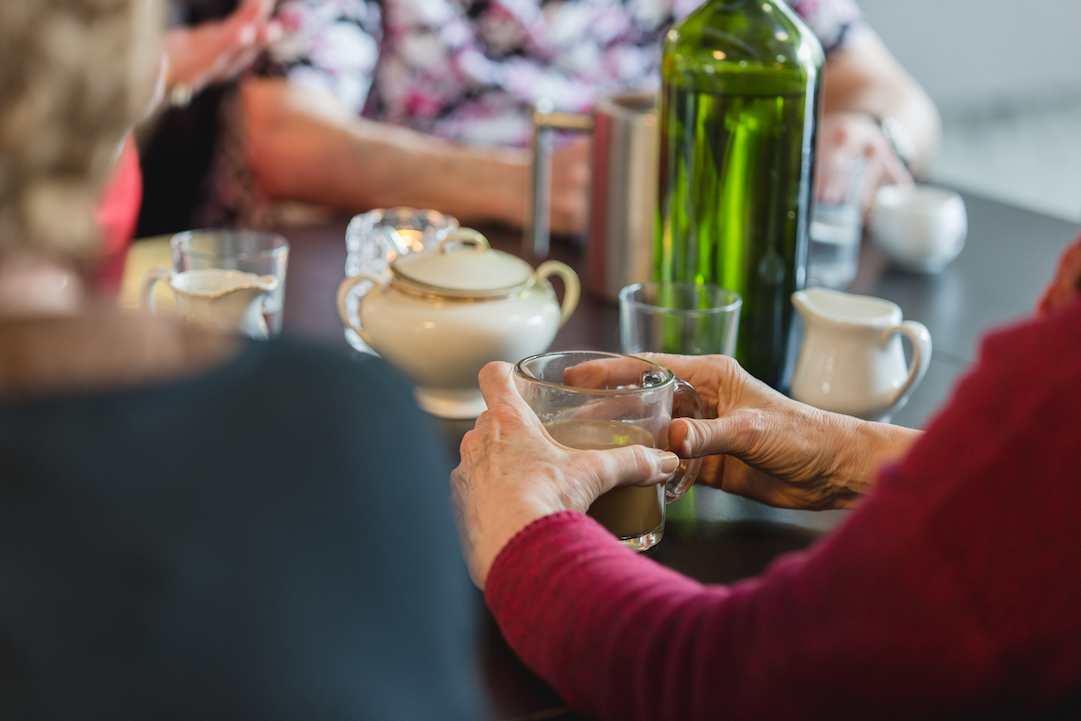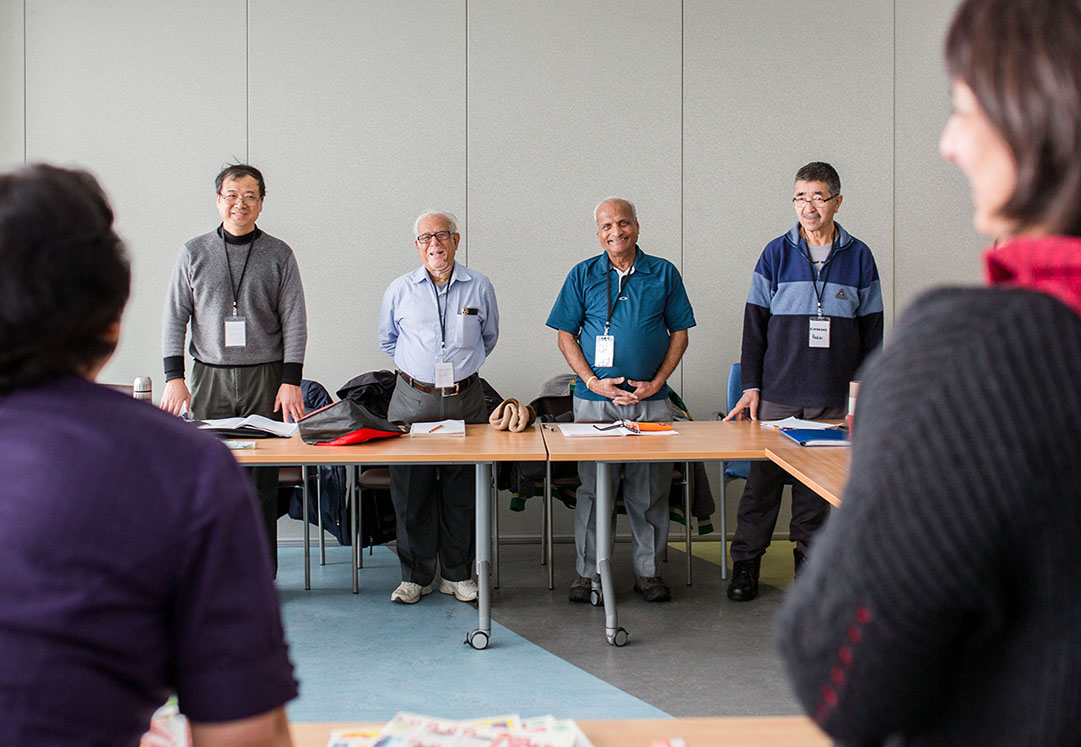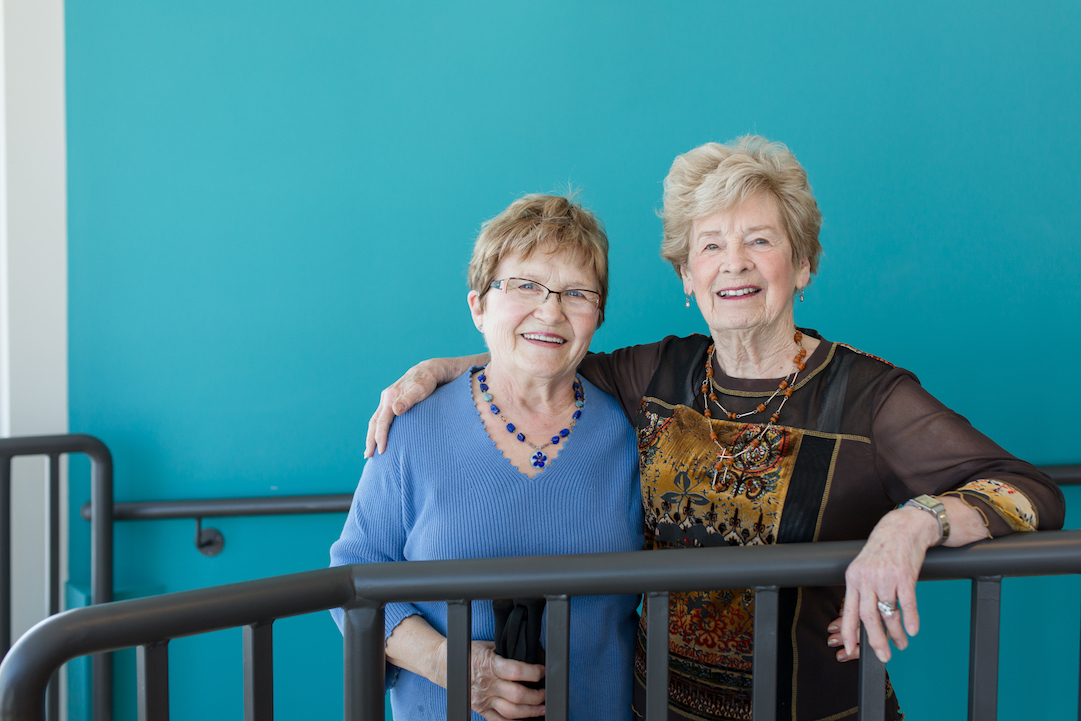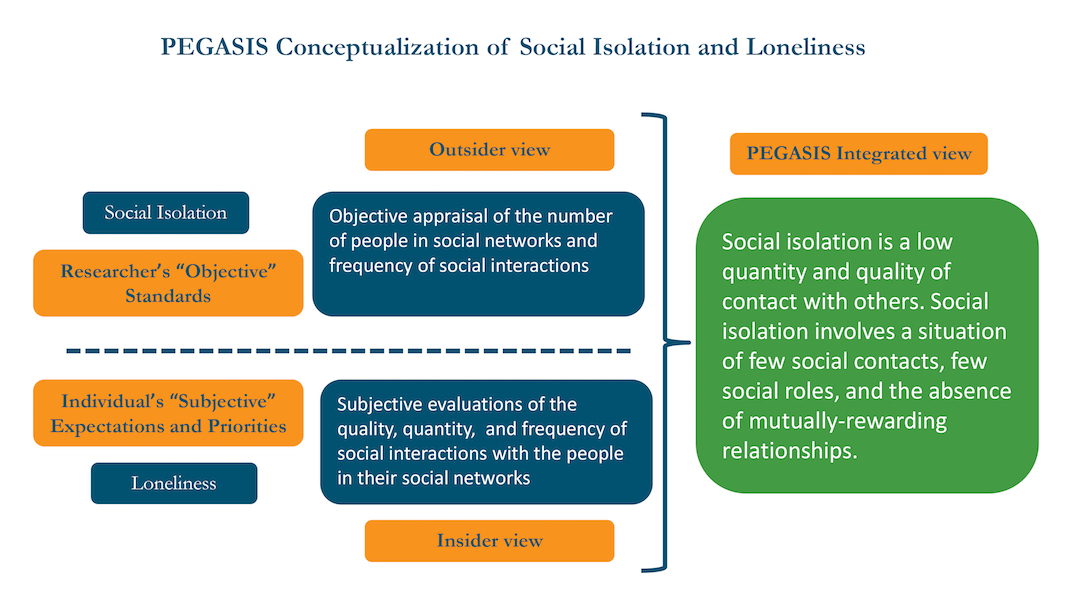What is social isolation?
There are many definitions of social isolation. The Pan-Edmonton Group Addressing Social Isolation of Seniors (PEGASIS) has chosen to use the following definition:
“Social isolation is a low quantity and quality of contact with others. Social isolation involves a situation of few social contacts, few social roles, and the absence of mutually-rewarding relationships.”
Source: Keefe, J., Andrew, M., Fancey, P. & Hall, M. (2006). Final Report: A Profile of Social Isolation in Canada. Submitted to the Chair of the F/P/T Working Group on Social Isolation.
This definition includes both objective measurement of social networks (quantity) and the person’s subjective perceptions of loneliness (quality).
Social isolation is an objective measure that refers to the size of a person’s social networks and the number of interactions. When people have few social contacts they can be socially isolated.
The term loneliness is often used interchangeably with social isolation. Loneliness is a subjective perspective that refers to how people feel about their interactions with others. It is the feeling of being without the types of relationships one desires.
Social isolation may increase the likelihood of loneliness, but a person can feel lonely even when in the company of others. One can have few social contacts and not feel lonely and someone who has many contacts and a busy social life can still feel lonely.
“Another way to think about the relationship between social isolation and loneliness is: Isolation is being by yourself. Loneliness is not liking it.”
Source: Dr. Sharon Anderson, PEGASIS researcher
Given that social isolation is a complex concept, some definitions highlight specific elements of the experience that other definitions do not:
“a state in which the individual lacks a sense of belonging socially, lacks engagement with others, has a minimal number of social contacts and they are deficient in fulfilling and quality relationships”
(Nicholson, 2009, p. 1346)
“an involuntary, undesired situation where an individual has few social contacts and roles, and is experiencing a lack of rewarding relationships with others”
(Zuran & Liu, 2012)
Why are seniors more at risk?
Seniors are especially at risk of being socially isolated or lonely. By the time people reach their 80s, the majority live on their own, mostly because of the loss of a spouse. This is particularly the case for older women who are more likely to be widowed than older men.
Social networks often get smaller – children and grandchildren may have moved away and siblings and friends may have died.
The normal human aging process leads to health challenges that can limit physical, mental and emotional capacity to participate in activities.
Loneliness is prevalent among older adults. The statistics are significant:
One in five Canadians aged 65 or older indicated that they felt lonely some of the time or often.
Almost a quarter of seniors over 65 reported that they had no in-person or voice contact with any of their family members (21.2 %) and just over a quarter (26.9 %) had no contact with friends during the past week.
Of those aged 85 years or older – 25% felt lonely some of the time or often.
Risk factors for social isolation
Social isolation rarely happens because of just one life event or situation. Many factors contribute to an increase in the risk of social isolation for seniors:
- Living alone
- Lack of participation in social activities
- Poor health and mobility
- Financial challenges
- Lack of accessible, affordable transportation
- Life transitions such as retirement or loss of a spouse
- Providing care to a partner, parent or friend
- Unstable/insecure housing situation
- Language barriers
- Societal barriers such as ageism and lack of opportunities for seniors to contribute
- Inequality (racial/ethnic minorities, LGBTQ)
- Abuse
Why does social isolation matter?
At all ages, loneliness has a devastating impact on health. Because older adults’ health is more delicate, increases in social isolation can have significantly greater impacts and require more frequent medical interventions. Providing acute care services is more expensive so preventing social isolation can help reduce costs on the acute care system.
Lonely and socially isolated seniors are at increased risk of:
- Cognitive decline and dementia
- Depression, anxiety and suicide
- Falls and hospitalization
- Increased blood pressure and cardiovascular disease
- Premature mortality
Social costs are also greater. Social isolation reduces older adults’ well-being and quality of life. Socially isolated seniors do not feel valued or have a strong sense of belonging or fulfillment. They are less satisfied with their lives than those who are satisfied with their social contacts.







